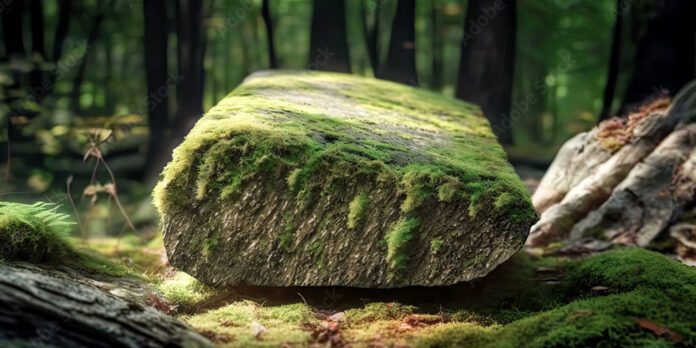A Guardian Across Millennia
Nestled amidst the verdant embrace of County Galway, Ireland, lies the enigmatic Marblehill Ring Fort. This imposing circular structure predates even the arrival of the Burkes in the 18th century, standing as a silent sentinel whispering tales of a bygone era. But what purpose did it serve, and how did it receive its intriguing name?
A Fortress Through Time: Exploring Potential Uses
The exact purpose of the Marblehill Ring Fort remains an enticing mystery, with archaeologists offering various possibilities depending on the time period. Here are some compelling theories:
- Defence in a Tumultuous Age: Ring forts were often strategically placed on elevated ground and surrounded by ditches, creating a formidable defensive position against attackers. Given its location, the Marblehill Ring Fort was likely built sometime during the Bronze Age (c. 2500 BC – 550 BC). These periods were marked by increased warfare and tribal conflict, making a defensive structure highly necessary.
- A Hub of Community Life: Beyond its potential military role, ring forts may have served as central meeting places for the local populace. Here, villagers could gather for social events, trade goods, or simply connect with their neighbours.
- A Symbol of Power and Prestige: The construction of such a substantial structure required significant resources and manpower. For a prominent local family, the ring fort could have been a way to display their power and influence, solidifying their position within the community.
It’s also possible that the Marblehill Ring Fort served a combination of these purposes throughout its long history. As societal structures evolved and threats changed, the fort’s role may have adapted to meet the needs of the community.
A Name Steeped in History: Demystifying “Ring Fort”
The name “ring fort” itself offers a clear yet evocative description. These ancient structures were typically circular enclosures, often constructed from earth and timber, with a single entry point for controlled access. The term “ring” directly references the circular shape, while “fort” denotes its defensive nature. Variations of this name, such as “ringfort,” “rath,” or “dun,” are found throughout Ireland and Scotland, highlighting the prevalence of these structures in Celtic cultures.
A Link Between Eras: The Burkes and the Ring Fort
The presence of the Marblehill Ring Fort on the Burkes’ estate creates a fascinating connection between two distinct eras. The Burkes likely incorporated the ring fort into their own demesne, possibly even utilizing its existing structure as a foundation for the intriguing ice house. This layering of history adds to the intrigue of the site, creating a tangible link between the ancient past and the more recent story of the Burkes.
A Window into the Past: Unveiling the Lives of Our Ancestors
The Marblehill Ring Fort stands as a silent guardian, a testament to a time when life unfolded in a vastly different way. While its exact purpose remains a matter of debate, it serves as a valuable piece of the historical puzzle. By exploring this ancient structure, we gain a deeper understanding of the lives and challenges faced by our ancestors. We can imagine them constructing the ring fort, seeking refuge within its walls, or gathering within its confines for community events.
The Marblehill Ring Fort may not reveal all its secrets, but it continues to spark the imagination and inspire further exploration. Who knows what stories lie buried beneath the surface, waiting to be unearthed? Perhaps further archaeological investigation will shed light on the daily lives of those who used the ring fort, or even reveal artifacts that offer a more concrete understanding of its purpose. One thing is certain: the Marblehill Ring Fort stands as a powerful reminder of the enduring human spirit and the ability of the past to speak to us across the vast expanse of time.



